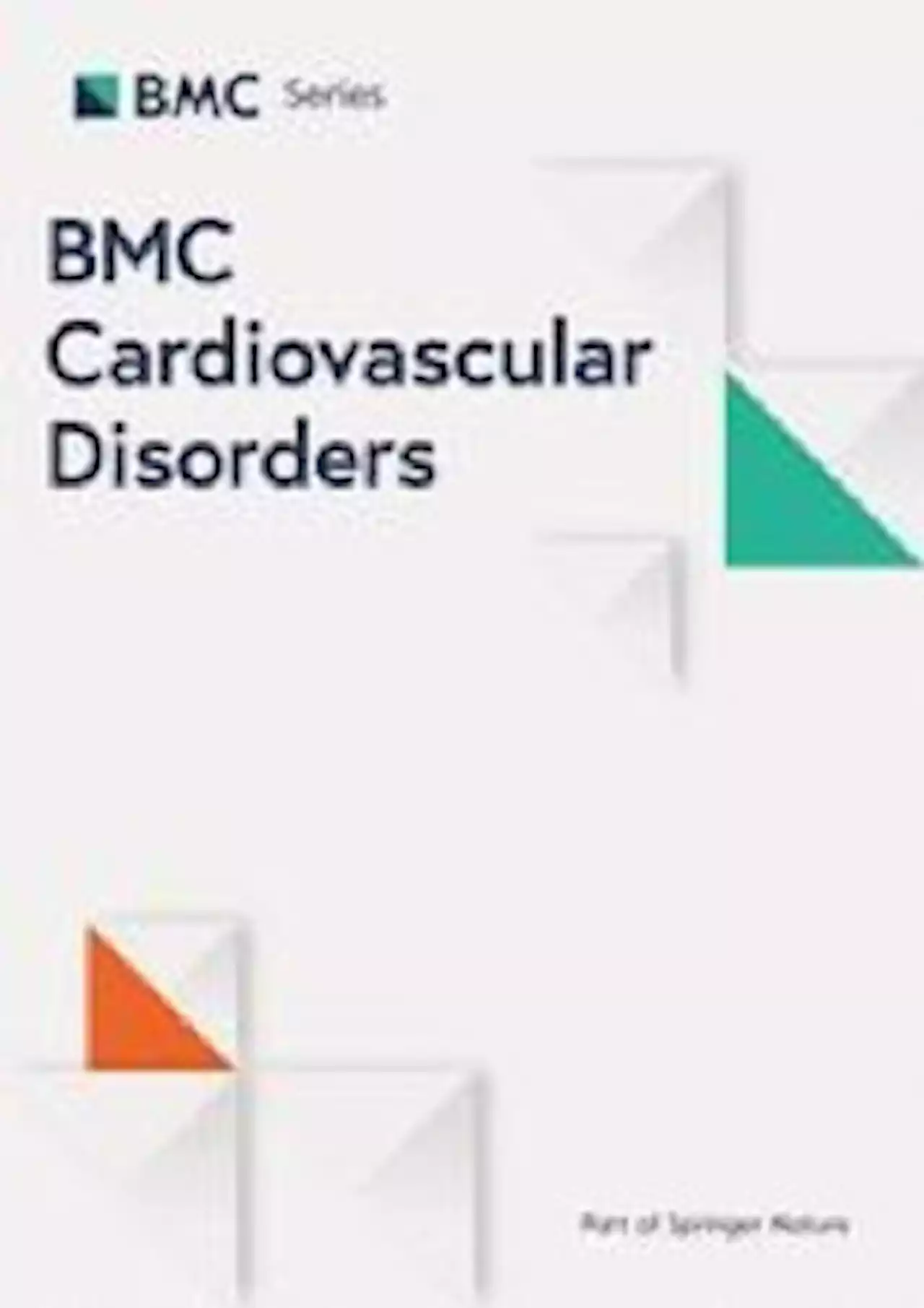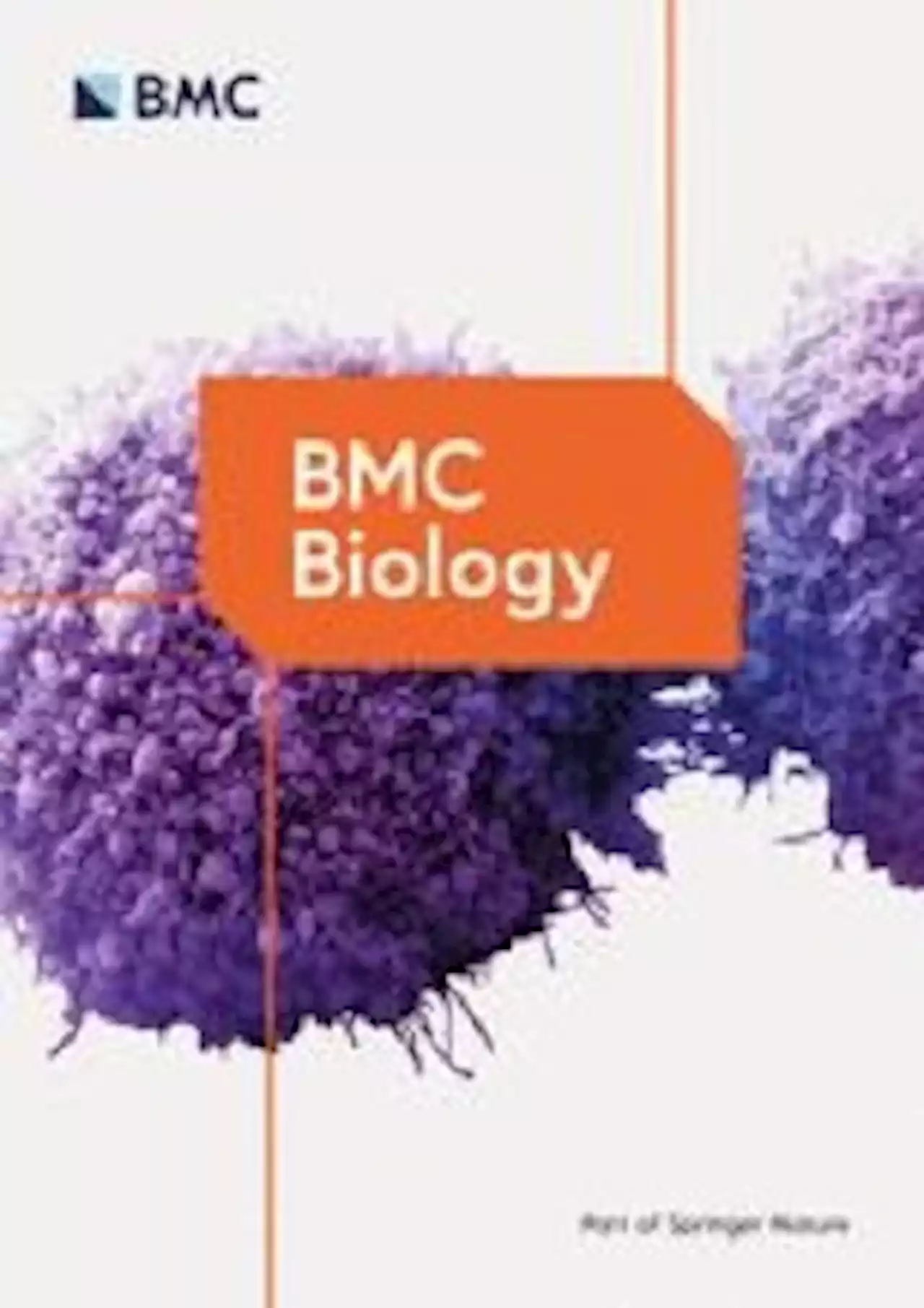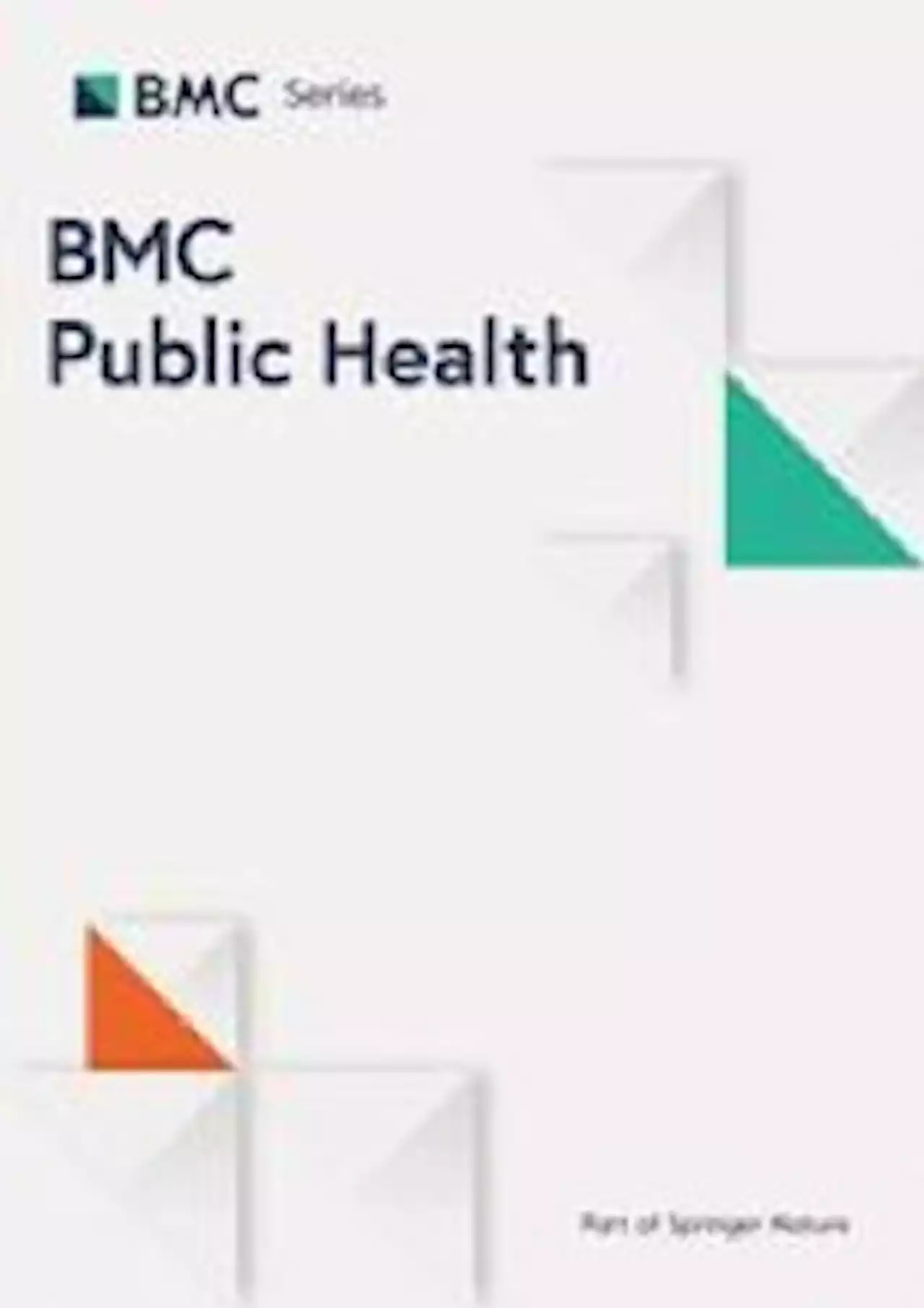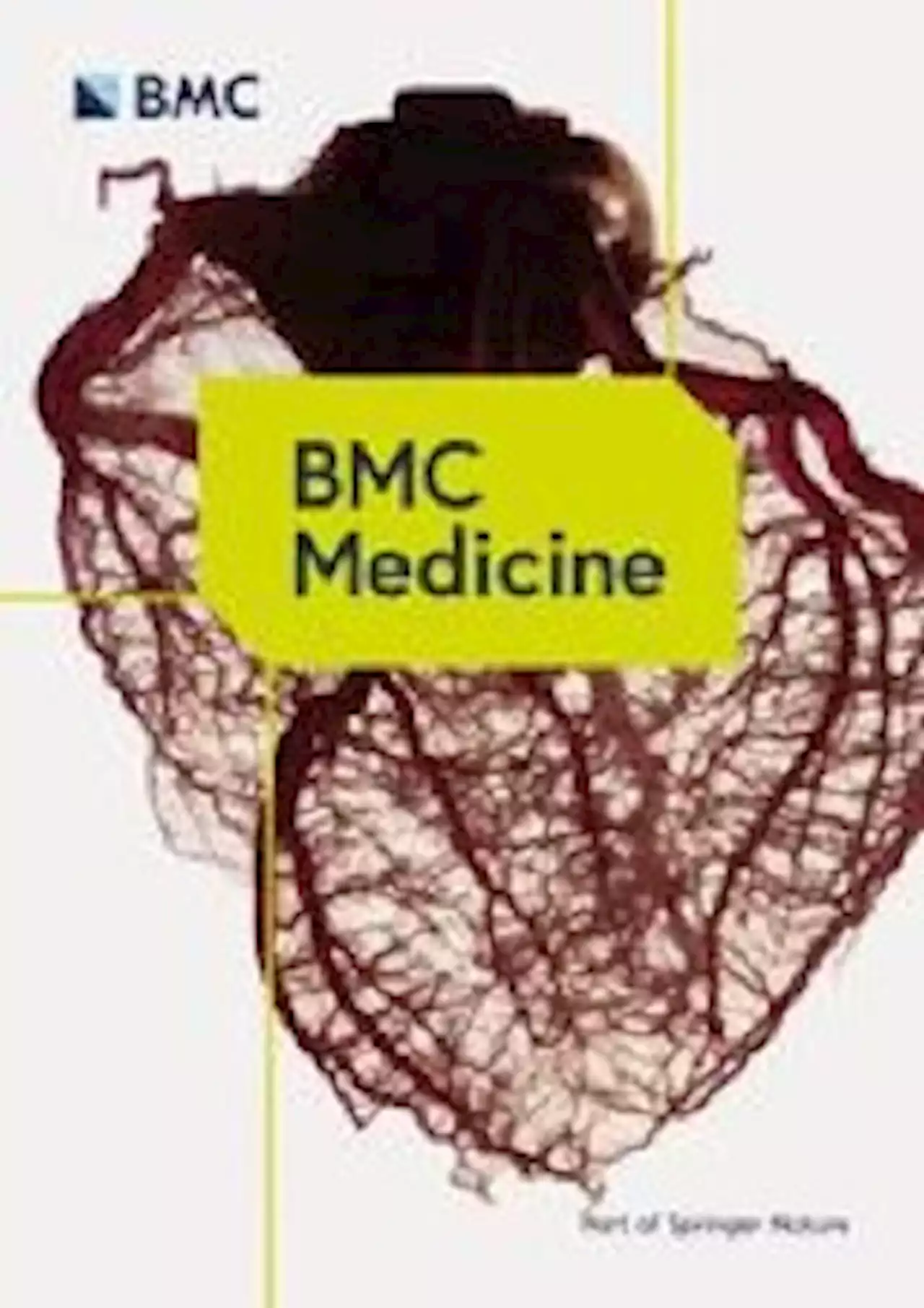A study published in BMCMedicine reports that the number of live births causally reduced the risk of endometrial cancer, independent of BMI, age at menarche and age at menopause.
$$\mathrm{Years \ ovulating }=\mathrm{ years \ menstruating }-\mathrm{ years \ on \ pill }- 0.75 \times $$
Women with an early age at menarche of < 8 years were excluded from this analysis . In addition, women with a history of hysterectomy before menopause , who were not sure of their age at menopause due to their hysterectomy , or early menopause were also excluded. For menopause and menarche, we used the average age reported across multiple reporting instances, and women who differed in their reported ages by greater than 3 years were excluded from the analysis.
Age at last live birth was defined as the age of primiparous women at birth or the age at last live birth as reported by women who reported multiple live births. Women with inconsistent reports of age at last live birth across the four data collection instances were excluded . 220,419 women had information available for their age at last live birth.
We also conducted a series of multivariate observational analyses for EC risk. The first model included EC and all of the exposures investigated in the MVMR as well as educational attainment, due to the strong signal observed in the univariate observational analysis. The second model further explored the effect of the number of terminations on EC risk, due to the strong association observed in the univariate observational analyses, while adjusting for other factors and educational attainment.
We conducted further sensitivity analyses to investigate the observational and potentially causal relationships between the number of live births and EC risk. While univariate observational analyses found the number of live births to be significantly associated with EC risk, the association attenuated in the multivariate observational analyses. Further regression analysis was performed, where we investigated the number of live births and EC risk, while adjusting for a single other risk factors .
United Kingdom Latest News, United Kingdom Headlines
Similar News:You can also read news stories similar to this one that we have collected from other news sources.
 Molecular testing to deliver personalized chemotherapy recommendations: risking over and undertreatment - BMC MedicineBackground In the adjuvant setting of cancer treatment, de-escalation strategies have the goal of omitting or minimizing treatment in patients, without compromising outcomes. Historically, eligibility for adjuvant treatment solely relied on the patient’s clinical and tumor’s pathological characteristics. At the turn of the century, based on new biological understanding, molecular-based strategies were tested and sometimes implemented. Main body However, we illustrate how molecularly based de-escalation strategies may paradoxically lead to overtreatment. This may happen when the novel approach is tested in lieu of standard management and may not yield the same results when being implemented in addition to usual practice. In the DYNAMIC trial, adjuvant chemotherapy decision in stage II colon cancer was compared between a circulating tumor DNA (ctDNA)-based approach and the standard care. We show this may result in more patients receiving oxaliplatin-based chemotherapy and may expose a similar proportion of patients to chemotherapy if the novel strategy is implemented in addition to usual practice. The other potential risk is undertreatment. We provide an illustration of early breast cancer, where the decision of adjuvant chemotherapy based on the gene expression signature MammaPrint may lead to inferior outcomes as compared with the clinico-pathologic strategy. This may also happen when non-inferiority designs have large margins. Among solutions, it should be acknowledged that clinico-pathological features, like T4 in colon cancer, may not be abandoned and replaced by novel strategies in real-life practice. Therefore, novel strategies should be tested in addition to standard of care, and not in lieu of. Second, de-escalation trials should focus on the settings where the standard of care has a widespread agreement. This would avoid the risk of testing non-inferiority against an ineffective therapy, which guarantees successes without providing informative data. Conclusi
Molecular testing to deliver personalized chemotherapy recommendations: risking over and undertreatment - BMC MedicineBackground In the adjuvant setting of cancer treatment, de-escalation strategies have the goal of omitting or minimizing treatment in patients, without compromising outcomes. Historically, eligibility for adjuvant treatment solely relied on the patient’s clinical and tumor’s pathological characteristics. At the turn of the century, based on new biological understanding, molecular-based strategies were tested and sometimes implemented. Main body However, we illustrate how molecularly based de-escalation strategies may paradoxically lead to overtreatment. This may happen when the novel approach is tested in lieu of standard management and may not yield the same results when being implemented in addition to usual practice. In the DYNAMIC trial, adjuvant chemotherapy decision in stage II colon cancer was compared between a circulating tumor DNA (ctDNA)-based approach and the standard care. We show this may result in more patients receiving oxaliplatin-based chemotherapy and may expose a similar proportion of patients to chemotherapy if the novel strategy is implemented in addition to usual practice. The other potential risk is undertreatment. We provide an illustration of early breast cancer, where the decision of adjuvant chemotherapy based on the gene expression signature MammaPrint may lead to inferior outcomes as compared with the clinico-pathologic strategy. This may also happen when non-inferiority designs have large margins. Among solutions, it should be acknowledged that clinico-pathological features, like T4 in colon cancer, may not be abandoned and replaced by novel strategies in real-life practice. Therefore, novel strategies should be tested in addition to standard of care, and not in lieu of. Second, de-escalation trials should focus on the settings where the standard of care has a widespread agreement. This would avoid the risk of testing non-inferiority against an ineffective therapy, which guarantees successes without providing informative data. Conclusi
Read more »
 Cardiovascular risk factors among people with drug-resistant tuberculosis in Uganda - BMC Cardiovascular DisordersBackground Tuberculosis (TB) and its risk factors are independently associated with cardiovascular disease (CVD). We determined the prevalence and associations of CVD risk factors among people with drug-resistant tuberculosis (DRTB) in Uganda. Methods In this cross-sectional study, we enrolled people with microbiologically confirmed DRTB at four treatment sites in Uganda between July to December 2021. The studied CVD risk factors were any history of cigarette smoking, diabetes mellitus (DM) hypertension, high body mass index (BMI), central obesity and dyslipidaemia. We used modified Poisson regression models with robust standard errors to determine factors independently associated with each of dyslipidaemia, hypertension, and central obesity. Results Among 212 participants, 118 (55.7%) had HIV. Overall, 196 (92.5%, 95% confidence interval (CI) 88.0-95.3) had ≥ 1 CVD risk factor. The prevalence; 95% CI of individual CVD risk factors was: dyslipidaemia (62.5%; 55.4–69.1), hypertension (40.6%; 33.8–47.9), central obesity (39.3%; 32.9–46.1), smoking (36.3%; 30.1–43.1), high BMI (8.0%; 5.0–12.8) and DM (6.5%; 3.7–11.1). Dyslipidaemia was associated with an increase in glycated haemoglobin (adjusted prevalence ratio (aPR) 1.14, 95%CI 1.06–1.22). Hypertension was associated with rural residence (aPR 1.89, 95% CI 1.14–3.14) and previous history of smoking (aPR 0.46, 95% CI 0.21–0.98). Central obesity was associated with increasing age (aPR 1.02, 95%CI 1.00–1.03), and elevated diastolic blood pressure (aPR 1.03 95%CI 1.00–1.06). Conclusion There is a high prevalence of CVD risk factors among people with DRTB in Uganda, of which dyslipidaemia is the commonest. We recommend integrated services for identification and management of CVD risk factors in DRTB.
Cardiovascular risk factors among people with drug-resistant tuberculosis in Uganda - BMC Cardiovascular DisordersBackground Tuberculosis (TB) and its risk factors are independently associated with cardiovascular disease (CVD). We determined the prevalence and associations of CVD risk factors among people with drug-resistant tuberculosis (DRTB) in Uganda. Methods In this cross-sectional study, we enrolled people with microbiologically confirmed DRTB at four treatment sites in Uganda between July to December 2021. The studied CVD risk factors were any history of cigarette smoking, diabetes mellitus (DM) hypertension, high body mass index (BMI), central obesity and dyslipidaemia. We used modified Poisson regression models with robust standard errors to determine factors independently associated with each of dyslipidaemia, hypertension, and central obesity. Results Among 212 participants, 118 (55.7%) had HIV. Overall, 196 (92.5%, 95% confidence interval (CI) 88.0-95.3) had ≥ 1 CVD risk factor. The prevalence; 95% CI of individual CVD risk factors was: dyslipidaemia (62.5%; 55.4–69.1), hypertension (40.6%; 33.8–47.9), central obesity (39.3%; 32.9–46.1), smoking (36.3%; 30.1–43.1), high BMI (8.0%; 5.0–12.8) and DM (6.5%; 3.7–11.1). Dyslipidaemia was associated with an increase in glycated haemoglobin (adjusted prevalence ratio (aPR) 1.14, 95%CI 1.06–1.22). Hypertension was associated with rural residence (aPR 1.89, 95% CI 1.14–3.14) and previous history of smoking (aPR 0.46, 95% CI 0.21–0.98). Central obesity was associated with increasing age (aPR 1.02, 95%CI 1.00–1.03), and elevated diastolic blood pressure (aPR 1.03 95%CI 1.00–1.06). Conclusion There is a high prevalence of CVD risk factors among people with DRTB in Uganda, of which dyslipidaemia is the commonest. We recommend integrated services for identification and management of CVD risk factors in DRTB.
Read more »
 Population dynamics and demographic history of Eurasian collared lemmings - BMC Ecology and EvolutionBackground Ancient DNA studies suggest that Late Pleistocene climatic changes had a significant effect on population dynamics in Arctic species. The Eurasian collared lemming (Dicrostonyx torquatus) is a keystone species in the Arctic ecosystem. Earlier studies have indicated that past climatic fluctuations were important drivers of past population dynamics in this species. Results Here, we analysed 59 ancient and 54 modern mitogenomes from across Eurasia, along with one modern nuclear genome. Our results suggest population growth and genetic diversification during the early Late Pleistocene, implying that collared lemmings may have experienced a genetic bottleneck during the warm Eemian interglacial. Furthermore, we find multiple temporally structured mitogenome clades during the Late Pleistocene, consistent with earlier results suggesting a dynamic late glacial population history. Finally, we identify a population in northeastern Siberia that maintained genetic diversity and a constant population size at the end of the Pleistocene, suggesting suitable conditions for collared lemmings in this region during the increasing temperatures associated with the onset of the Holocene. Conclusions This study highlights an influence of past warming, in particular the Eemian interglacial, on the evolutionary history of the collared lemming, along with spatiotemporal population structuring throughout the Late Pleistocene.
Population dynamics and demographic history of Eurasian collared lemmings - BMC Ecology and EvolutionBackground Ancient DNA studies suggest that Late Pleistocene climatic changes had a significant effect on population dynamics in Arctic species. The Eurasian collared lemming (Dicrostonyx torquatus) is a keystone species in the Arctic ecosystem. Earlier studies have indicated that past climatic fluctuations were important drivers of past population dynamics in this species. Results Here, we analysed 59 ancient and 54 modern mitogenomes from across Eurasia, along with one modern nuclear genome. Our results suggest population growth and genetic diversification during the early Late Pleistocene, implying that collared lemmings may have experienced a genetic bottleneck during the warm Eemian interglacial. Furthermore, we find multiple temporally structured mitogenome clades during the Late Pleistocene, consistent with earlier results suggesting a dynamic late glacial population history. Finally, we identify a population in northeastern Siberia that maintained genetic diversity and a constant population size at the end of the Pleistocene, suggesting suitable conditions for collared lemmings in this region during the increasing temperatures associated with the onset of the Holocene. Conclusions This study highlights an influence of past warming, in particular the Eemian interglacial, on the evolutionary history of the collared lemming, along with spatiotemporal population structuring throughout the Late Pleistocene.
Read more »
 Rare and common genetic determinants of metabolic individuality and their effects on human health - Nature MedicineAnalyses of the genetic architecture of the human plasma metabolome in two large population-based cohorts identify associations between genetically determined metabolite levels and health.
Rare and common genetic determinants of metabolic individuality and their effects on human health - Nature MedicineAnalyses of the genetic architecture of the human plasma metabolome in two large population-based cohorts identify associations between genetically determined metabolite levels and health.
Read more »
 Is there crosstalk between circadian clocks in plants and the rhizomicrobiome? - BMC BiologyCircadian clocks occur across the kingdoms of life, including some fungi and bacteria present in the root-associated soil known as the rhizosphere. Recent work from Amy Newman and colleagues, published in BMC Biology, has discovered that the circadian clock in Arabidopsis plants affects the rhythmicity of rhizosphere microbial communities This brings into play the exciting question of whether there is a bidirectional rhythmic interaction between plants and their rhizomicrobiome. Here, we discuss how the findings of Newman et al. suggest that soil microbiomes can have both self-sustained and plant-imposed rhythmicity, and the challenges of plant-microbiome circadian clock research.
Is there crosstalk between circadian clocks in plants and the rhizomicrobiome? - BMC BiologyCircadian clocks occur across the kingdoms of life, including some fungi and bacteria present in the root-associated soil known as the rhizosphere. Recent work from Amy Newman and colleagues, published in BMC Biology, has discovered that the circadian clock in Arabidopsis plants affects the rhythmicity of rhizosphere microbial communities This brings into play the exciting question of whether there is a bidirectional rhythmic interaction between plants and their rhizomicrobiome. Here, we discuss how the findings of Newman et al. suggest that soil microbiomes can have both self-sustained and plant-imposed rhythmicity, and the challenges of plant-microbiome circadian clock research.
Read more »
 COVID-19 vaccine hesitancy and short-term and long-term intentions among unvaccinated young adults: a mixed-method approach - BMC Public HealthBackground Only 63.8% of Americans who are 18-to-24-years-old have been fully vaccinated for COVID-19 as of June 1, 2022. The Grand Forks County, North Dakota is facing a similar challenge. As of June 2022, 47% of individuals in the 19-to-29-year-old age group are vaccinated. Focusing on unvaccinated individuals in their 20s, Study 1 aims to understand the ways in which receiving COVID-19 vaccines is construed using qualitative interviews; and Study 2 compares the predictors of short-term vaccination intention (i.e., next month) with those of long-term vaccination intention (i.e., three to 5 years) using an online survey. Methods For Study 1, we conducted five focus groups and four in-depth interviews via Zoom with a total of 26 unvaccinated individuals in their 20s living in the Grand Forks County. Constant comparison process was used to categorize data into themes and to recognize characteristics of the identified themes. The aim was to develop themes and associated characteristics. For Study 2, we conducted an online survey with a convenience sample of 526 unvaccinated individuals. Logistic regression estimated odds ratios (OR) and 95% confidence intervals (CI) for associations between attitudes, perceptions, and beliefs in misinformation and short-term and long-term vaccination intentions, accounting for demographics and socioeconomic status. Results In Study 1, two themes were identified: feelings of uncertainty sparked by profits and monetization and navigating the fear of the unknown. In Study 2, an increase in the confidence of COVID-19 vaccines showed significantly higher odds of short-term intention (OR = 2.658, 95%CI 1.770, 3.990) and long-term intention (OR = 1.568, 95% CI 1.105, 2.226). Believing in misinformation had significantly lower odds of short-term intention (OR = 0.712, 95%CI 0.513, 0.990), while more positive attitudes (OR = 1.439, 95% CI 1.024, 2.024), stronger preference in calculating the benefits of COVID-19 vaccines (OR = 2.108, 95% CI 1.
COVID-19 vaccine hesitancy and short-term and long-term intentions among unvaccinated young adults: a mixed-method approach - BMC Public HealthBackground Only 63.8% of Americans who are 18-to-24-years-old have been fully vaccinated for COVID-19 as of June 1, 2022. The Grand Forks County, North Dakota is facing a similar challenge. As of June 2022, 47% of individuals in the 19-to-29-year-old age group are vaccinated. Focusing on unvaccinated individuals in their 20s, Study 1 aims to understand the ways in which receiving COVID-19 vaccines is construed using qualitative interviews; and Study 2 compares the predictors of short-term vaccination intention (i.e., next month) with those of long-term vaccination intention (i.e., three to 5 years) using an online survey. Methods For Study 1, we conducted five focus groups and four in-depth interviews via Zoom with a total of 26 unvaccinated individuals in their 20s living in the Grand Forks County. Constant comparison process was used to categorize data into themes and to recognize characteristics of the identified themes. The aim was to develop themes and associated characteristics. For Study 2, we conducted an online survey with a convenience sample of 526 unvaccinated individuals. Logistic regression estimated odds ratios (OR) and 95% confidence intervals (CI) for associations between attitudes, perceptions, and beliefs in misinformation and short-term and long-term vaccination intentions, accounting for demographics and socioeconomic status. Results In Study 1, two themes were identified: feelings of uncertainty sparked by profits and monetization and navigating the fear of the unknown. In Study 2, an increase in the confidence of COVID-19 vaccines showed significantly higher odds of short-term intention (OR = 2.658, 95%CI 1.770, 3.990) and long-term intention (OR = 1.568, 95% CI 1.105, 2.226). Believing in misinformation had significantly lower odds of short-term intention (OR = 0.712, 95%CI 0.513, 0.990), while more positive attitudes (OR = 1.439, 95% CI 1.024, 2.024), stronger preference in calculating the benefits of COVID-19 vaccines (OR = 2.108, 95% CI 1.
Read more »
